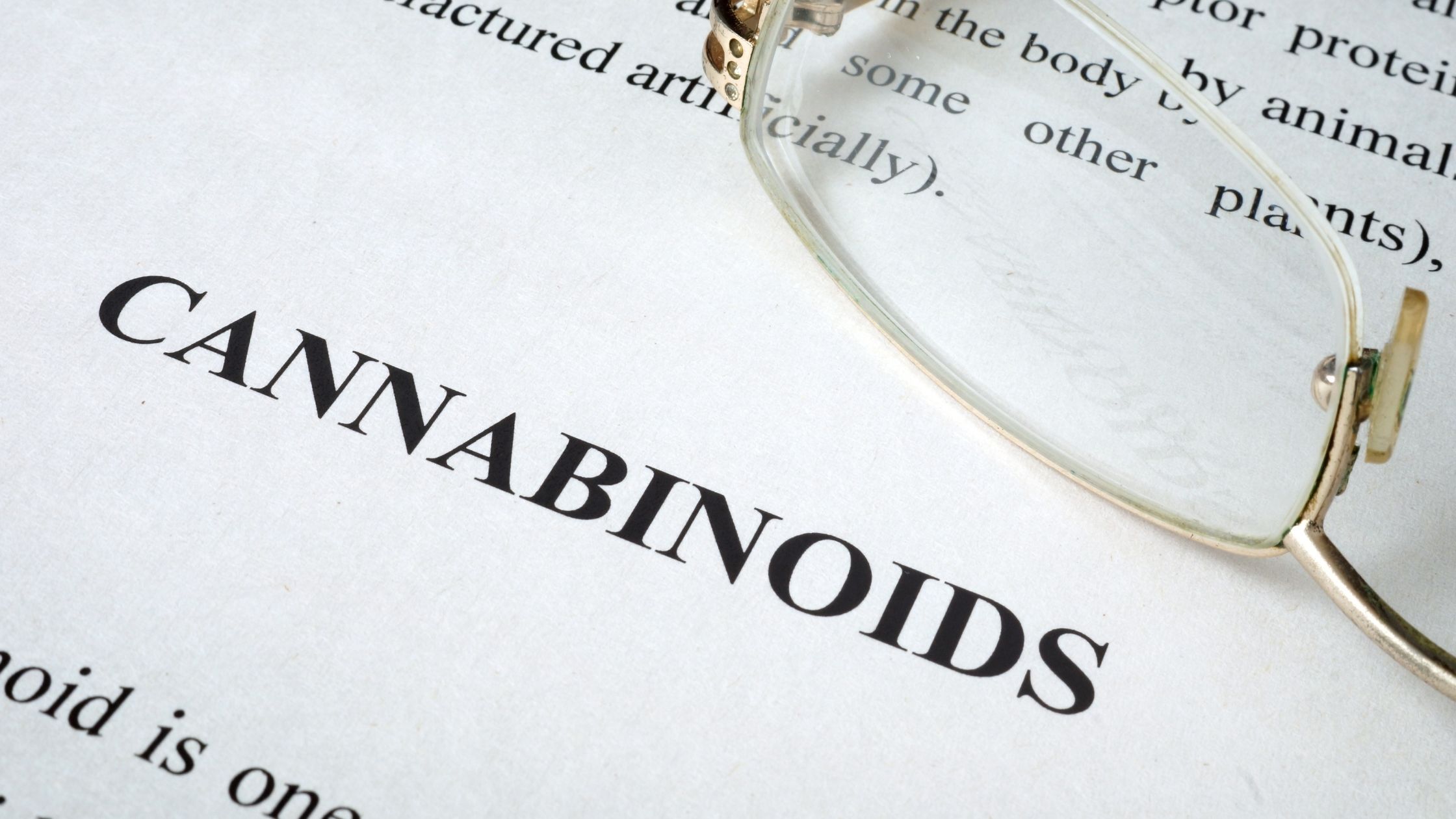Cannabis has been stealing the spotlight in the medical world for quite some time now, with a growing number of testing its purported medical properties. The scientific community has yet to confirm if and how marijuana, and its compounds, can be used to treat a range of ailments. The anecdotal evidence on its effectiveness is not sufficient to classify it as a medicine nor can it do much in helping legalize it worldwide. The limited research leads to another problem, namely, the spread and circulation of misinformation, which is nearly impossible to avoid when trying to stay informed on the topic. Knowing all too well the challenges many face when researching this topic, we have decided to offer a helping hand.
What is CBD? How does THC differ from CBD? Why is CBG called “the mother of cannabinoids”? The acronyms might be confusing, the questions may be many, but in this article we break it all down to provide you with the relevant information. We explain the science behind cannabinoids, and outline the differences between CBD, CBG, and THC.
What are cannabinoids?
Cannabinoids are chemical compounds which work by attaching themselves to specific receptors, called endocannabinoid receptors, found all over the human body. The endocannabinoid receptors are part of the endocannabinoid system, a biological system responsible for regulating a broad range of important biological functions. The two primary endocannabinoid receptors cannabinoids attach themselves to are CB1, found in the central and peripheral nervous systems, and CB2, found in the immune system.
There are over 480 active compounds in cannabis and around 100 of them are cannabinoids, all of which have unique properties. The two cannabinoids most associated with the plant are CBD and THC.
What are different types of cannabinoids?
There are three different types of cannabinoids:
- phytocannabinoids occur naturally in the cannabis plant
- endocannabinoids are produced inside the mammalian body
- synthetic cannabinoids are fully synthetic and created in a laboratory
Phytocannabinoids and endocannabinoids are not different on a structural level as they both interact with the endocannabinoid receptors in the same way. There is not much information on the effect of synthetic cannabinoids on humans. They were created with the purpose of conducting scientific research on cannabinoids and were not intended for human consumption. Despite this, some synthetic cannabinoids can be found in the drugs we use (e.g. dronabinol in Marinol, a medicine used to prevent vomiting, the loss of appetite and weight). Most synthetic cannabinoids are illegal.
What are cannabinoid acids?
Cannabis does not directly produce cannabinoids. It synthesizes cannabinoid acids. The cannabinoid acids have to be decarboxylated, a process by which a carboxyl group is removed from the compound and carbon dioxide released. The process is catalyzed by heat, light or alkaline conditions. In this case, that usually means applying heat to the cannabinoid acid to yield the corresponding cannabinoid. To illustrate with a practical example, to decarboxylate a small quantity of the cannabis plant, the plant is placed in the oven at 120 ºC for a minimum period of 20 minutes.
- Decarboxylation of THCA (tetrahydrocannabinolic acid) yields THC (tetrahydrocannabinol).
- Decarboxylation of CBDA (cannabidiolic acid) yields CBD (cannabidiol).
- Decarboxylation of CBGA (cannabigerolic acid) yields CBG (cannabigerol).
What is THC, or tetrahydrocannabinol?
Back in 1964, an Israeli scientist Raphael Mechoulam isolated and synthesized THC using Lebanese hashish prompting decades of research on its properties and the effects it has on humans. THC, is the most prevalent cannabinoid in the cannabis plant (concentrations range from 30% to 40%), and undoubtedly, the one most associated with marijuana. Compared to other cannabinoids, THC demonstrates the highest level of psychoactivity, which is the quality many users favor. THC stimulates parts of the brain causing the release of dopamine. This creates a sense of euphoria and “a high”.
What is CBD, or cannabidiol?
CBD is the second major cannabinoid in the cannabis plant (concentrations range from 10% to 16%). It is not psychoactive, meaning it cannot alter your state of mind in a way to disrupt your day-to-day functioning. Quite contrary, CBD reduces and regulates the effects of THC. The only trait THC and CBD share is that both are cannabinoids and both affect the endocannabinoid receptors in the brain. Research on its potential benefits is still in early phases, but there is strong evidence that CBD has unique qualities that can make it an important part of our routine.
What is CBG, or cannabigerol?
CBG is a lesser known yet important cannabinoid. It is found at very low levels, 1%. Just like CBD, CBG is not a psychoactive compound and it will not give you a sense of high associated with THC. What is interesting about CBG is that both THC and CBD start out as CBG. That is why CBG is often referred to as “the mother of cannabinoids”.
The cannabigerolic acid (CBGA), CBG corresponding acid, is the precursor to two of the most important cannabinoid acids: THCA and CBDA. The enzymes in the cannabis plant turn CBGA either into THCA or CBDA. Through the process of decarboxylation, these yield THC and CBD respectively. In an attempt to recover more CBG from cannabis plants, breeders have been experimenting with cross-breeding of plants and genetic manipulation.
Conclusion
As the scientific community continues to research the unique properties of each of these cannabinoids, we will know more and understand better the impact they have on humans. Most of the studies produced so far focus on CBD, CBG and THC individually, but in the future that might change. Once there is sufficient evidence to support the claim of their medicinal properties, the researchers are most likely to study how they work in combination with one another and how this can be used to treat specific medical conditions.

כתיבת תגובה